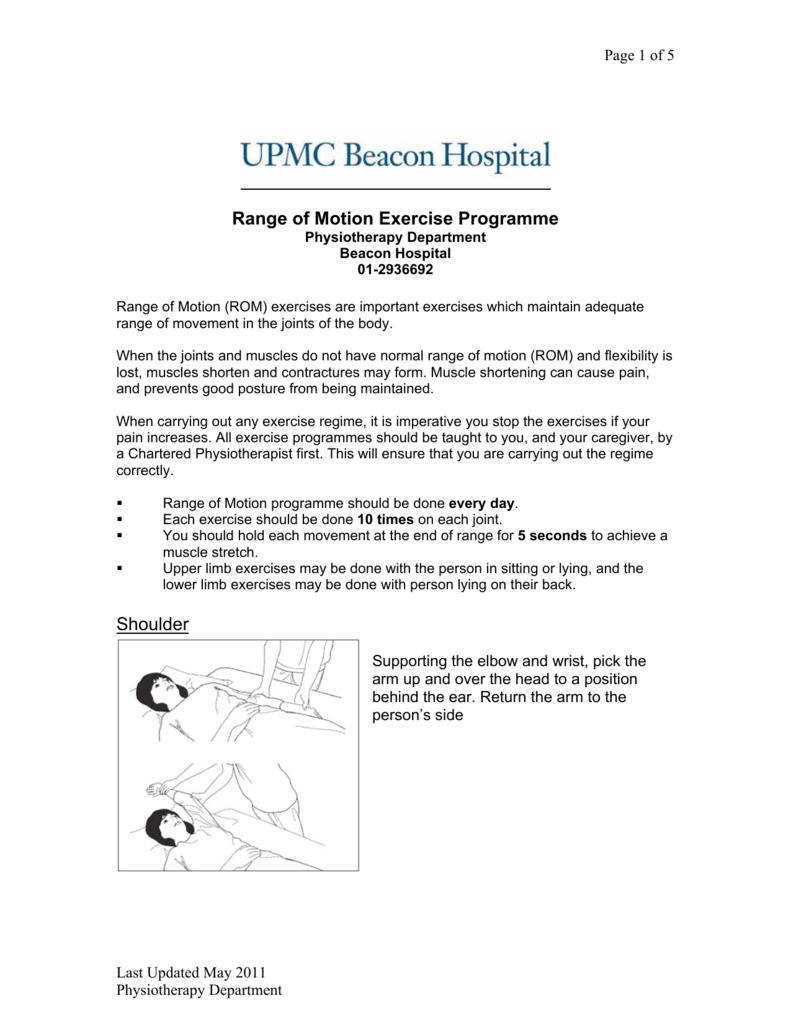
There are no batteries, no charging – just plug your guitar into your amp and you can play away without any thought of power running out. Passive pickups on the other hand don’t require any external power. Many of the active Fishman pickups can be powered with a lithium-ion battery pack that’s charged up via USB. Others might even have a rechargeable battery built in somewhere. Normally, there’s a cavity within the guitar’s body that can house one or two 9v batteries, which does the job nicely. Some players say active pickups sound sterile (though this can be a good thing in some scenarios), and lack the sort of character you get with passive pickups.Īs mentioned, active pickups require power. Of course, any discussion about tone requires some level of objectivity – what sounds good to one person might not sound good to another. Active pickups will normally have a lower impedance too, so if you’re running long guitar cables without a buffer in place, then you shouldn’t lose too much brightness and top end. Because there are fewer winds around the magnet, there’s less of a magnetic pull from the pickup meaning the strings can vibrate more freely. Many active pickup users also claim that they get more sustain too. Their low-wind design makes them less susceptible to unwanted hiss and hum Lots of metal players swear by active pickups.

Their controlled and balanced EQ will also help keep your bottom tight, and not too flabby – useful for low tunings!

Active pickups usually have a really controlled and clear sound too – again, if you’ve got a super distorted amp, these pickups can help retain clarity, brightness and note definition. Their low-wind design makes them less susceptible to unwanted hiss and hum, which when you’re playing through lots of gain can be a real problem.


 0 kommentar(er)
0 kommentar(er)
